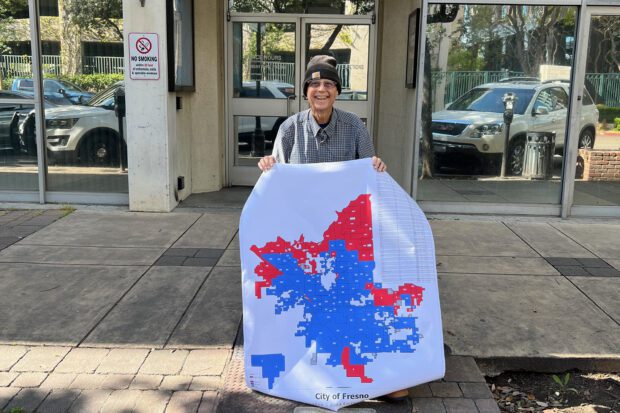

This map of the November 2024 presidential election in Fresno County illustrates a voting pattern that is consistent ever since the Community Alliance started creating them in 2012.
What you see is the precinct-by-precinct outcome of the 2024 presidential election on a map from the Fresno County Registrar of Voters. Red shows the precincts won by Donald Trump, whereas blue shows the precincts that Kamala Harris won.
The affluent northern part of the city constantly votes for the more conservative candidate or proposition and they turn out 80%+ of their voters in most elections. Compare that with southwest or southeast Fresno where voting turnout is often in the 20%–30% range. It does not matter that those in south Fresno vote for the more progressive candidate, their votes are insignificant compared to the higher voter turnout of affluent north Fresno voters.
It is not surprising that many people see Fresno and the Central San Joaquin Valley as a conservative holdout in an otherwise liberal California. Republican Fresno Mayor Jerry Dyer is pushing his narrative of One Fresno, which encourages rich and poor alike to row together as one.
The problem is, as this map illustrates, we don’t have a level playing field. Builders, developers and the affluent fund candidates that will represent their interests. Few campaign contributions come from poor and working-class areas where just paying for rent and food is challenging.
2020-City-of-Fresno-Presidential-Turnout*****
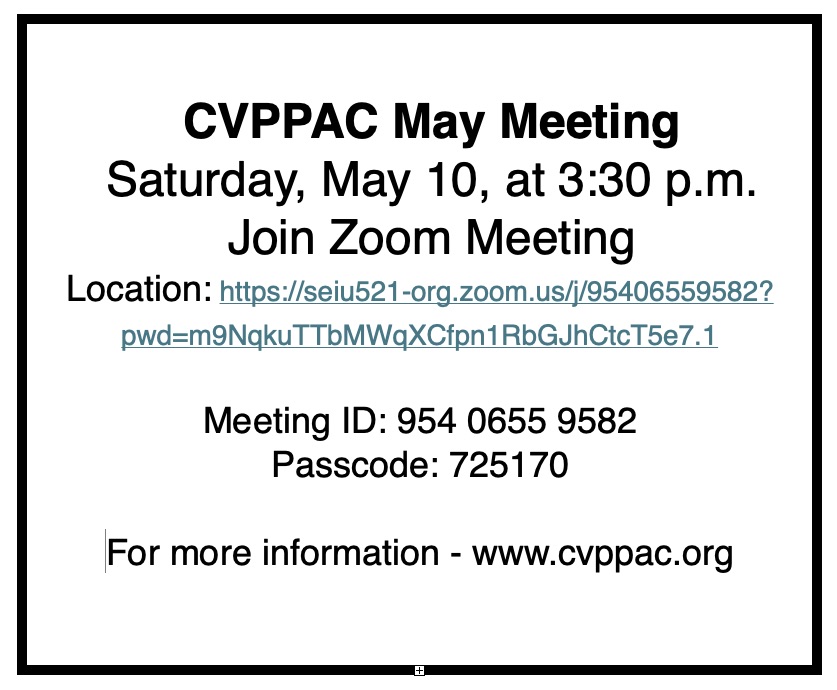
Community Response to the Tale of Two Cities Map
The Central Valley Progressive PAC asked community members from throughout Fresno to reflect on their impressions of the implications of the 2024 presidential election map that clearly reveals a “tale of two cities” in the city of Fresno. Here is a sampling of those comments:
Simone Cranston-Rhodes
President, Central Valley Progressive PAC
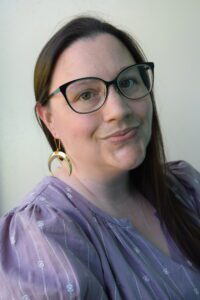
The Central Valley Progressive PAC has requested and shared the voting precinct maps of the city of Fresno for over the last decade. And what the data presented is a very clear picture of politics in Fresno. In the north, we see high voter turnout with a steep conservative leaning, and in the south, we see low voter turnout with a progressive learning.
The issue is not that the city of Fresno is a conservative place, it is that the high levels of disenfranchisement when it comes to voting happening in our low-income communities. If the issue of empowering low-income communities was a simple one it would have been done long ago, but this is a complicated issue that will need a complicated solution.
The Fresno County Registrar’s Office needs to make an investment in education, communication and turnout focused on low voter turnout areas. They need to focus on programs that engage the youth communities to see the importance of voting.
In the 2022 Primary Election, the voter turnout in Fresno County for residents ages 18–35 was 13%. Embarrassingly low. Clearly there needs to be an investment in reaching these low-voter populations where they are at (social media, online, in schools) and engaging them in the process of voting. This is one part of the solution needed to solve low-voter turnout.
Rafael Avitia
Organizer and educator
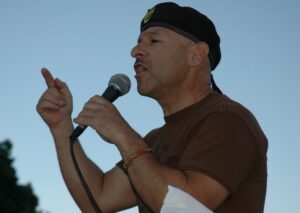
The people of Fresno, and especially south of Shaw, possess tremendous political muscle that when exercised will bring about the change we need in areas from healthcare for all to housing and better-paying jobs. It is only when we stay home and choose not to vote that certain politicians work against our interest and make decisions that serve the elite.
Ultimately, we need to register to vote and ensure that our children do the same so that it becomes as common as applying for a California driver’s license. Until we change our attitude, we will not realize our true political standing.
Sandra Celedon
President and CEO, Fresno Building Healthy Communities
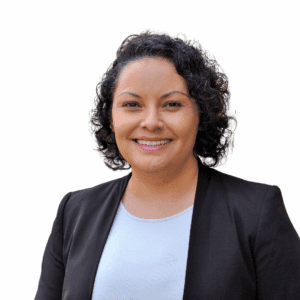
We can learn from countries that encourage and make voting easy. The solution to increased voter turnout requires action from the state and local decision-makers.
First, we need to automatically register everyone who is eligible to vote, period. Second, we need to make voting easy by moving elections to a weekend instead of the middle of the workweek or making it a national holiday.
We need to centralize elections so that they are carried out consistently, with clear communications and processes, and eliminate the confusion of competing and contradicting policies and procedures.
People will vote at higher rates if the process is less confusing and more inclusive, and they see themselves as part of the system. More broadly, if we want people to show up, we have to show up for them, not just during elections but every day. We must build relationships, care for each other, and make it easy to engage politically. Countries that have implemented these solutions have high turnouts consistently, so we know it works.
Heather Evans
Academic librarian and vice president of CVPPAC

What advice would I give? I think there are a few things we can do.
(1) Make sure we’re talking with people, every day, every where. We can’t let politics be a forbidden topic; we can’t surrender the public sphere. This helps people who may feel isolated feel more connected, which encourages hope and action.
(2) Make sure we listen, we don’t just lecture. Not everyone knows what we know, but they may also know things we don’t. We’re rebuilding the relationships of the body politic, and relationships need to go both ways.
(3) Vote in groups! Make plans with friends, neighbors, family, to review the candidates and the ballots together. Bring snacks. Make it a party. This makes sure everyone has a plan to vote, and we can all feel like we’ve made the best choices available.
Daniel O’Connell
Executive director, Central Valley Partnership
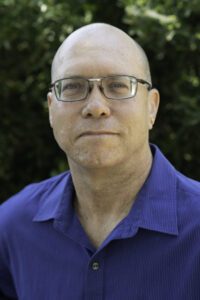
The voting pattern of the 2024 presidential election shows a deep cynicism in our system of governance. People feel disempowered and have little faith in electoral processes to create changes to improve their lives. The political power structure seeks this precise outcome.
Our collective work is to foster revolutionary action starting with using the existing electoral system while not being naive to think it is our only recourse or the sole solution. The question of how to build a powerful multiracial, genderinclusive and intergenerational movement in a moment of existential crisis is before us.
Dr. Matthew Jendian
Professor of sociology, Fresno State
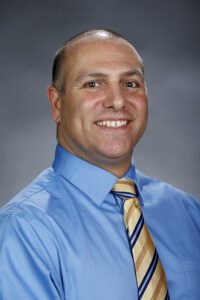
The vote, even if limited and limiting, is still a legitimate political tool, among many, in the struggle to build a better world, and we can be better off using the franchise and exercising our political voice, even if it is to vote against another candidate.
Luis Chavez
Fresno County supervisor, District 3
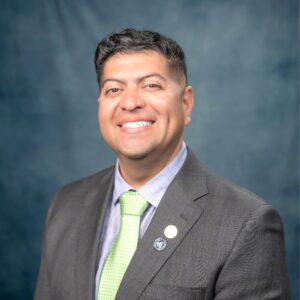
As Democrats, we oftentimes take voters for granted and don’t do the necessary outreach. I’ve run in every election cycle since 2010, with the exception of 2020.
The last presidential election results map shows the stark difference of voters in north and south Fresno. Vice President Harris clearly won the majority of the geographical areas of Fresno. However, the numbers of “consistent voters,” those that vote often and consistently in north Fresno always outnumber the working-class neighborhoods of south and central Fresno.
We have to show up at their doorsteps and engage, dialogue and communicate why they should vote blue. When we do that, we win! The younger generation will soon change that, and my hope is the city/county will reflect the diversity we have in our communities—but only if we give working men and women a reason to vote for us!
Carole Laval
President, Fresno County Democratic Women’s Club and Kennedy Club of the San Joaquin Valley
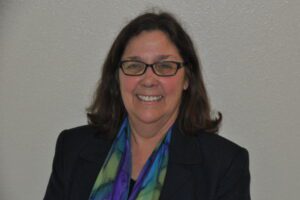
We have a 2-party system.
I am a life-long Democrat because I believe Democrats to always be working toward justice and social welfare.
The other party is not interested the welfare of our citizenry. They have fought against the Social Security system since its inception, a program that has lifted more people above the poverty line than any other government program.
We had a simple choice for the 2024 election, and that was between continuing our progress toward the promises of our Constitution and Bill of Rights, or toss it all out for the lies of the other party.
To not vote and then claim some kind of honor in it is beyond my understanding.
Democrats hold the majority registration in the city and county of Fresno. We should hold the majority of elective offices in this county, and we do not, and Tr-Vance and Steve Garvey were victorious in Fresno County in the November election.
How can this happen other than that the minority party (the R’s) vote and our majority party, the Democrats, do not.
The promise of our country depends on good people voting. Voting is our most precious right, and one that many have died for.
Please vote! Our country is suffering greatly now under the chaos, cruelty, and criminality of Tr and the cowardice of his supporters. It was NOT a close vote. Had more of our Democrats voted across the country, we’d not be facing the return of polio. Elections have consequences.
Jason Carns
Democratic political consultant
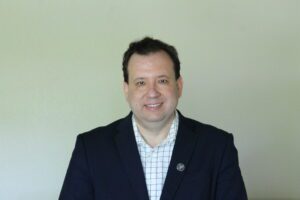
The map is a perfect illustrator of why we need people to vote, and we need to turn out voters. It is not just registering new voters, but bringing out those who are already registered.
The Valley in the end is a Democratic place. The problem is the electorate; those who actually vote are a much more conservative population that do not truly represent our values.
Matthew Gillian
Community advocate
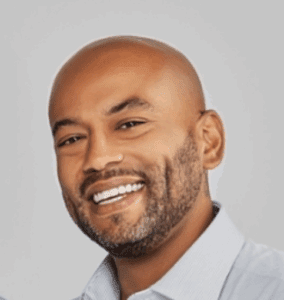
GOTV needs to be year-round, not just during election cycles. Now what that GOTV looks like or how it’s delivered probably changes between cycles (or during a presidential election), but we should always be engaging the community in many different ways.
Rachel Youdelman
Fresnoland and Community Alliance contributor
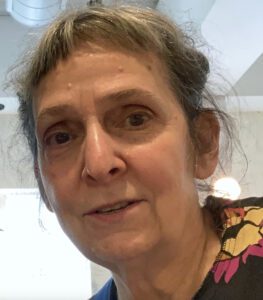
When people willingly relinquish their right to vote, the consequences can be devastating, as we are witnessing now. In Fresno County, registered Democrats outnumber registered Republicans, but because of low Dem turnout, Republicans prevailed in the last election.
What can we do about it? We can strategize around identifying precincts with low Dem turnout and target [them] for mobilization.
Kevin Hall
Community and political organizer and columnist for the Community Alliance
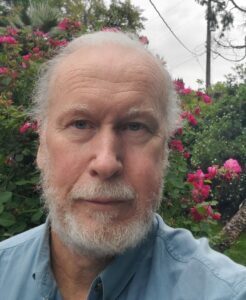
First, find better candidates; too few have genuine community service experience. Start by asking them, “What have you done for someone other than yourself?”
Second, political committees need to set higher standards for endorsements and to add a category of “none suitable.”
Finally, voters want economic fairness in their daily lives, not more platitudes from
“business Democrats.”
In the upcoming race between Fresno Building Healthy Communities CEO Sandra Celedon and Fresno City Council Member Annalisa Perea to succeed Joaquin Arambula in State Assembly District 31, people will have a real opportunity to choose between a community leader and a status quo politician. People are more likely to turn out to support the former.
Annalisa Perea
Fresno City Council member, District 1
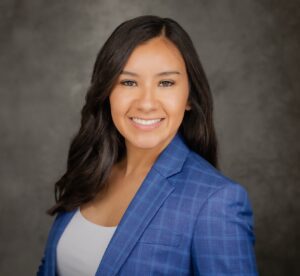
One of the best ways to improve the democratic process locally is to invest more in engaging voters year-round: Voter outreach shouldn’t only happen during election season. Building a more consistent voter engagement engine builds trust and keeps people involved throughout the year. If we wait until election season to begin engaging, it may already be too late for some.
Janet Slagter
Activist and retired Fresno State professor of philosophy and women’s, gender and sexuality studies
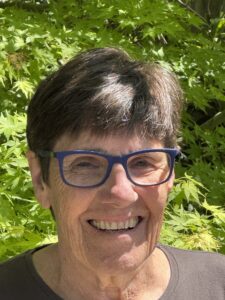
If we want people to vote, we need good candidates. For the most part, local candidates have little to recommend them. Note the Perea dynasty. And the rabid right wingers and their moneyed developer and big ag funders.
I remember a fundraiser for TJ Cox at the home of a progressive who was part of our community. Cox turned out to be a crook.
Nearly all local candidates tow the line of acceptability palatable to the local power structure. We need to develop candidates!
Paul Gilmore
Professor of history and political science, Fresno City College, and co-coordinator, FCC Social Justice Center

I think that get-out-the-vote campaigns are great, and I’m impressed (and feel properly guilty about not doing enough) with all the work many of my friends do, knocking on doors and doing phone banks. But I think what’s missing are the deep institutional ties that make our non-voting residents feel an ownership of our local, state and national governments
We too often talk about a “sense of” community or a “sense of” ownership. It always sounds like an admission of defeat—all we can provide is “a sense of” these things? How about the real thing?
We need to revive unions—and unions as social organizations; we need to revive neighborhood organizations and clubs; we need to revive our schools and colleges as civic centers; we need to create co-ops and more publicly owned institutions; and we need to revive precinct party organizations.
Daren Miller
Retired K-12 educator
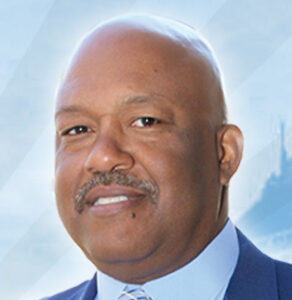
I agree with numerous national progressive pundits that say, “the Democratic Party has a leadership problem and not a membership problem.” There are way more registered Democrats in the city of Fresno than any other political group. Now [the] Fresno County Democratic Party leadership must find ways to engage, motivate and stimulate local political action into greater voter education and election turnout.
Olga Loza
State coordinator, Poder Latinx

To improve the democratic process in Fresno, we need to build a culture of ongoing participation—not just during elections. Listening to our communities, especially those that have been historically ignored, is key. We can start by organizing locally, educating ourselves about our rights, and demanding transparency from our representatives. If we want real change, we must stay actively and consistently involved.

I’ve noticed that no one mentioned a ranked choice voting system that would allow voters an alternative to the winner take all system. The problem is the media’s messaging that there are only two choices and no other despite the close and symbiotic relationship between Democrats and Republicans, kept in place by the money interest.